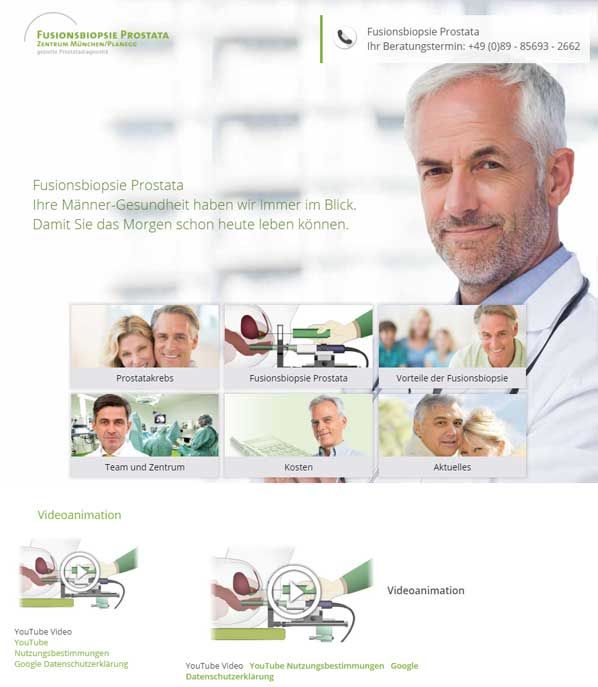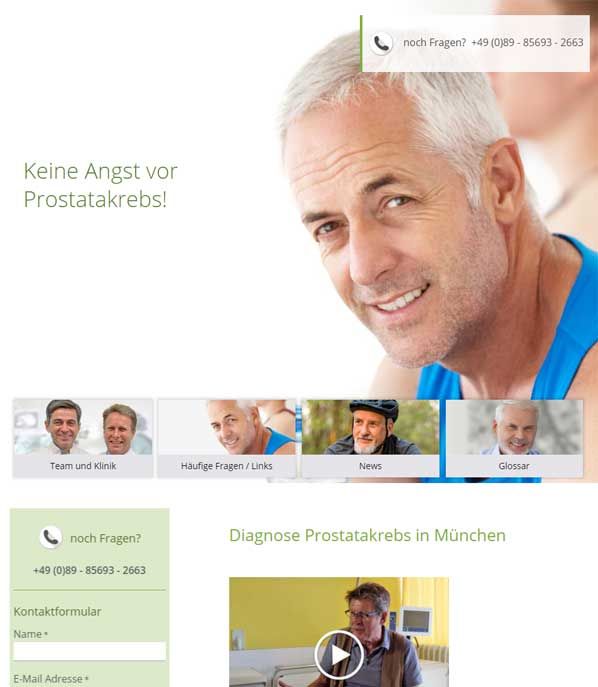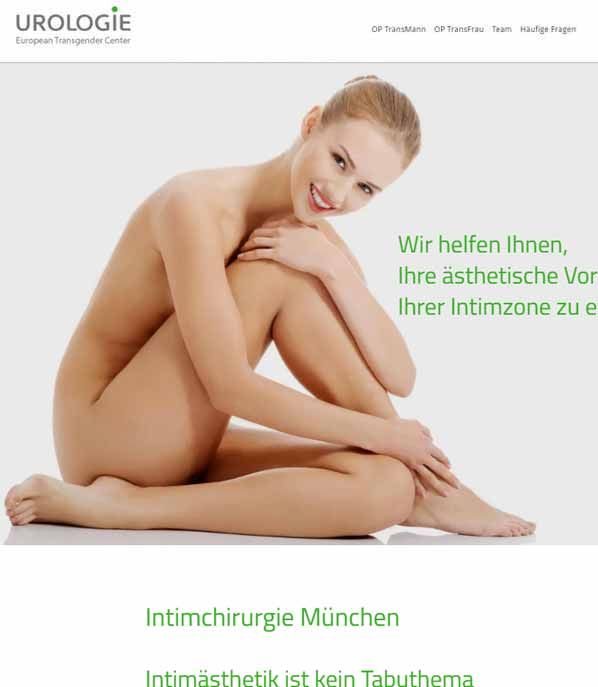Other types of incontinence
Incontinence with chronic urinary retention (overflow incontinence)
In the case of a chronically overfull bladder, an increase in pressure above the urethral pressure results in the constant discharge of small amounts of urine.
Any form of micturition (i.e. urination) obstruction due to anatomical constrictions can lead to overflow incontinence if left untreated. In addition to congenital constrictions such as the urethral valves, the many acquired constrictions play a greater role. These include prostate adenoma, bladder neck stenosis, urethral stenosis and prostate cancer.
How is overflow incontinence treated?
As a first measure, a bladder catheter is inserted. This is followed by a careful investigation of the cause.
The crucial factor is timely surgical elimination of the mechanical obstruction to emptying the bladder. Overflow incontinence should always be avoided if possible. Once it has occurred, there is often already considerable structural and functional damage to the lower and often also the upper urinary tract (e.g. hydronephrosis (swelling of the kidneys due to urinary congestion). Not all changes are reversible. Instability of the micturition muscles with a recurrence of urge incontinence can persist for a long time.
Extraurethral incontinence
This is understood to mean a constant loss of urine outside the urethra due to fistulas or an untypical urethra opening (e.g. into the vagina).
This form of incontinence is relatively rare and is usually already diagnosed in childhood or immediately after an operation in the pelvis.
In this case, only the surgical removal of the anomaly or fistula can lead to a cure.
Nocturnal childhood bedwetting (Enuresis nocturna)
Nocturnal infantile enuresis is considered to be a medical disorder if it occurs at least once a month over a period of at least 3 months after the age of 5.
The cause has not yet been fully clarified. Among other things, genetic factors, a delay in maturation of the corresponding regions of the brain that control continence, or disorders in production of the so-called "antidiuretic hormone" (ADH) are all under discussion.
Therapies that may be considered are behavioural therapy and the administration of drugs (especially drugs to replace "ADH").
Very often, however, an improvement or healing occurs by itself with increasing age of the children. With a spontaneous healing rate of 15 % per year until puberty, 15 - 20 % of children in the 5-year-old range are still affected, about 5 % in the 10-year-old range, and finally less than 2 % at the onset of puberty.







